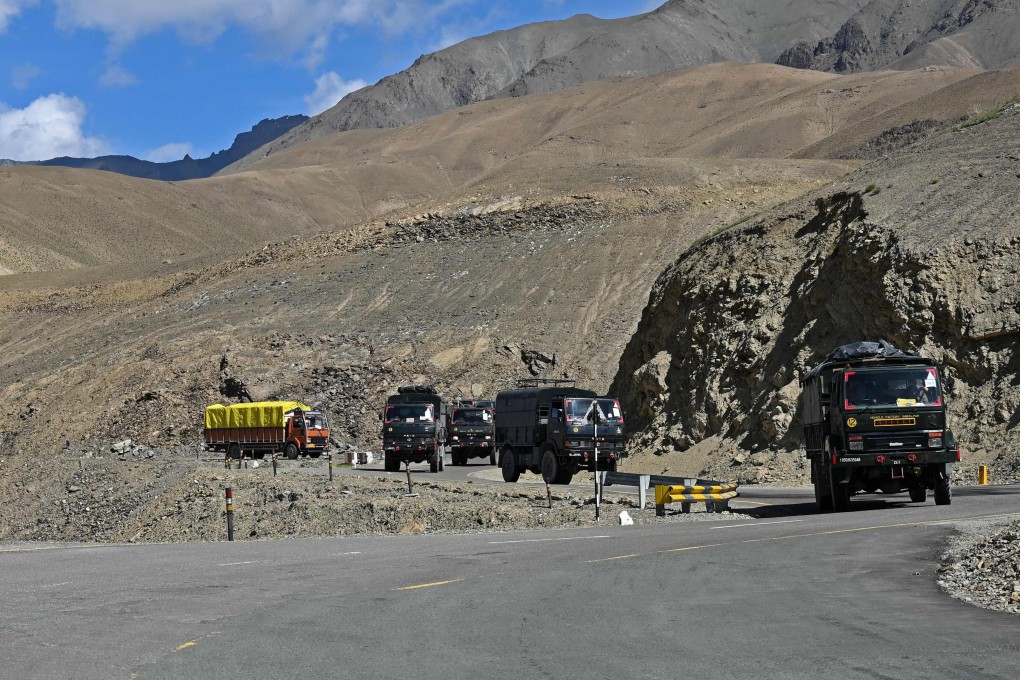Advertisement
China-India border dispute: New Delhi talks up infrastructure build-up in strategy shift against Beijing
- Defence Minister Rajnath Singh has inaugurated 63 new bridges and 12 roads in seven states that border China in the last month
- Analysts say New Delhi’s move to publicise new infrastructures signals a changing strategy – though it has still been careful when it comes to the sensitive Arunachal Pradesh region
Reading Time:4 minutes
Why you can trust SCMP
29

In the last month, Indian Defence Minister Rajnath Singh has undertaken two highly-publicised visits to inaugurate 63 new bridges and 12 roads across seven states which border China.
One of the bridges, on the Leh-Loma road which connects the largest town in India’s Ladakh region to areas along its disputed border with China, was described by the defence ministry as a 50-metre steel “superstructure” to facilitate “unhindered movement of heavy weapon systems, including guns, tanks and other specialised equipment”.
Singh’s trips coincided with a Bloomberg report – unconfirmed by New Delhi – that India had shifted at least 50,000 troops to the 3,488km Line of Actual Control (LAC), largely focusing on Ladakh in the western Himalayas where several clashes between troops took place last year.
Advertisement
Retired colonel and journalist Ajai Shukla told Indian publication The Wire that the army had posted 16 divisions to the LAC, compared to 12 divisions last year. Weeks earlier, General Bipin Rawat, India’s chief of defence staff, stated that China and not Pakistan was now India’s “primary threat”.
Military veterans and analysts say these developments reflect how New Delhi is changing its approach towards the disputed border that stretches from Ladakh in the west to Arunachal Pradesh in the east. With at least 11 rounds of senior military commander-level talks to resolve the stand-off not achieving its aim for disengagement at three friction points – Hot Springs, Gogra and and Depsang – India’s strategy is to now publicise its actions and intentions to strengthen its military posture and border infrastructure, notwithstanding objections from Beijing.
“India has come to accept that if the Chinese need an excuse, they will come up with an excuse.
Advertisement
Select Voice
Choose your listening speed
Get through articles 2x faster
1.25x
250 WPM
Slow
Average
Fast
1.25x